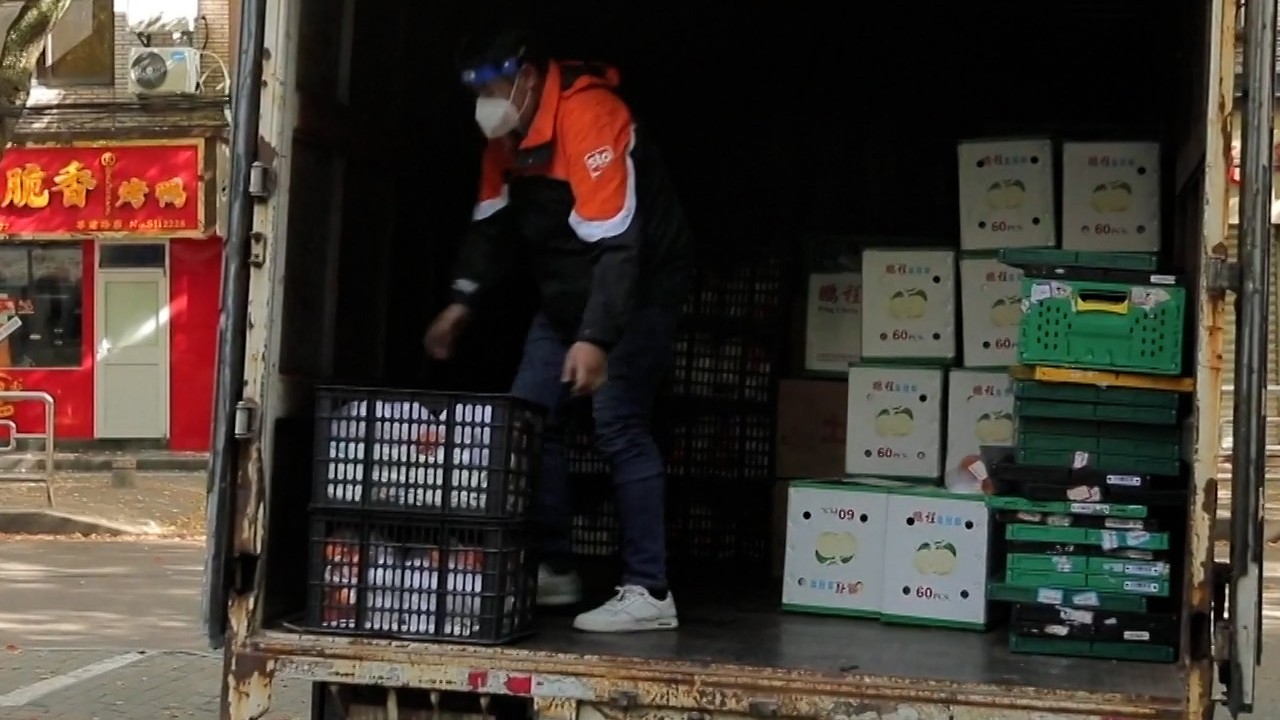
China food security: ‘severe challenges’ ahead as rising incomes, geopolitical turmoil strain resources
- National food output is likely to reach its lowest point at about 58.8 per cent of domestic demand by around 2030, down from 65.8 per cent in 2020
- China’s food supply faces multiple challenges, including rising incomes that will drive up demand, demographic changes and geopolitical disruption
China’s food security will face “more severe challenges” in the next decade amid a complex geopolitical environment and demographic changes, with self-sufficiency in production bottoming out in 2030, experts say.
National food output is likely to reach its lowest point at about 58.8 per cent of domestic demand by around 2030, down from 65.8 per cent in 2020 and 93.6 per cent at the beginning of the century, according to Cheng Guoqiang, a professor of agricultural economics and rural development at Renmin University in Beijing.
China’s food supply faces multiple issues, including rising incomes that will drive up demand and demographic changes, said Cheng, who is also a member of the national expert advisory committee on food security policy.
“China will face greater pressure on resources and more severe challenges in ensuring grain and food security ahead,” he told a virtual forum held at Renmin University on Wednesday.
Beijing has ramped up its focus on food security in recent years, outlining plans for higher domestic agricultural output to feed its 1.4 billion population, a task that has gained more urgency amid the trade war with the United States and the coronavirus pandemic.
Cheng said China should explore how to get more food calories and protein from all its resources, including plants, animals and even microbes.
Ye Xingqing, a researcher at the Development Research Centre of the State Council, said the China-US trade war and Ukraine conflict were wake-up calls for the country to diversify food imports and reduce dependence on any one country for a single product.
“Our import dependence on soybeans and edible vegetable oils has obviously exceeded the security bottom line; we must turn on the red light,” he said at the forum.
“We should not only import US agricultural products, but also account for the complex and volatile China-US relations; that is to say, we need to have backups in South America, the Black Sea or other regions.”
China’s annual demand for grain is likely to peak at between 920 million and 940 million tonnes in the 2025-30 period, or an increase of about 100 million tonnes from the current level, Cheng said.
In the same period, annual demand for corn is likely to rise to between 310 million and 320 million tonnes, or 40 million to 50 million tonnes above current levels. And annual demand for soybeans will reach 110 million to 120 million tonnes, or an increase of about 10 million to 20 million tonnes.
Cheng said estimates of the food self-sufficiency rate did not take into account potential changes in agricultural technologies.
“If we have further breakthroughs in agricultural technology, the self-sufficiency rate will not decline so fast,” he said.



